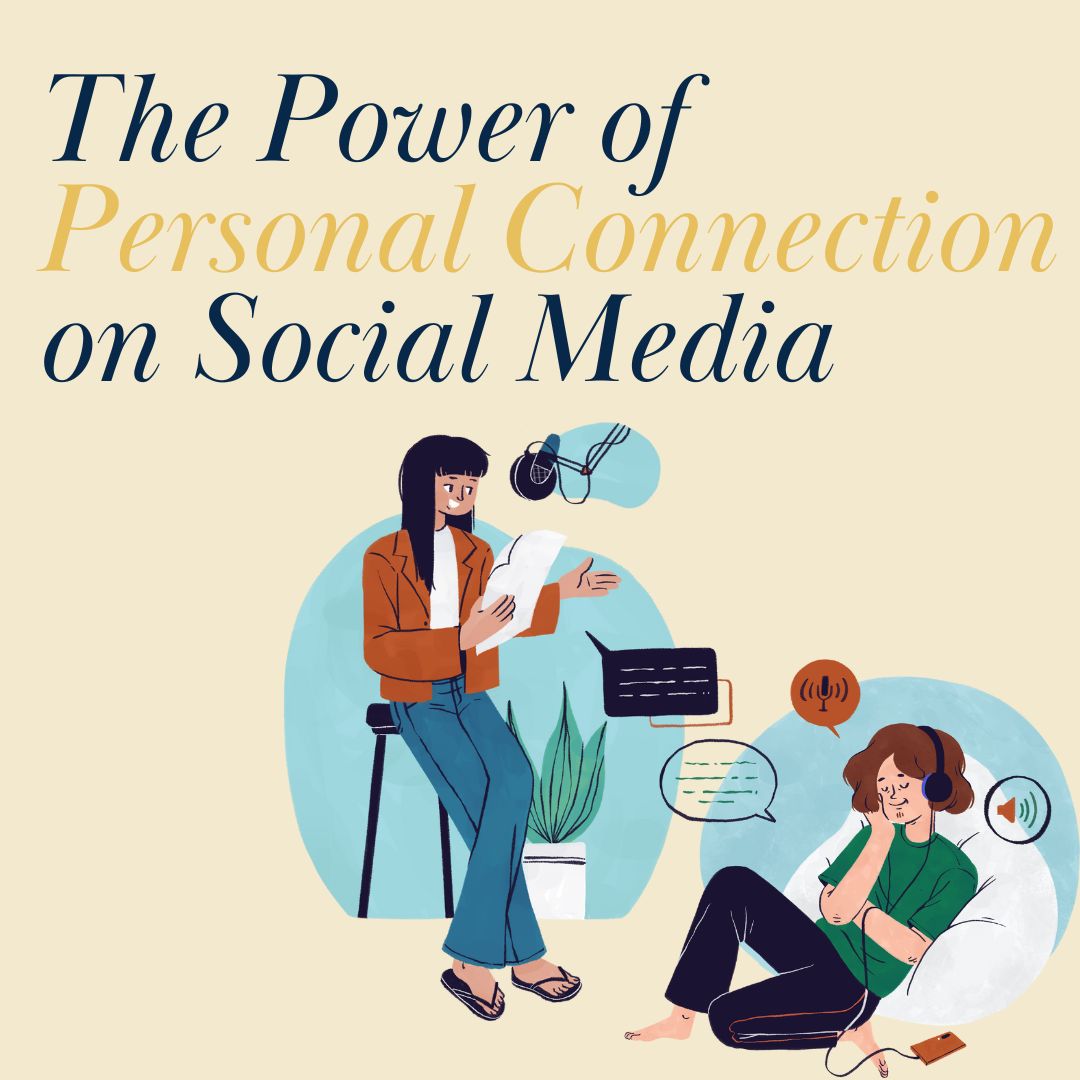Last week I analyzed the profiles of six physicians with varying specialties on Instagram who had a follower count of a million or more. I was specifically interested in the number of comments they received per post versus overall follower count. After all, it’s much harder to comment on something than it is to like or share it, so I thought comments per post would be a good indicator of the degree to which an influencer is connected to their audiences.
For each influencer I analyzed, I looked at their past six posts, and divided comments per post by their follower count, which I will call a “connection ratio” for purposes of this piece. Then, I compared the content of the posts that the three influencers with the highest “connection ratios” had to the ones who had lower ratios.
Turns out, I proved to myself what I’ve always thought to be true: The biggest difference I found was the willingness of influencers to post personal information (family, accomplishments, hobbies, etc.) compared to the ones who had lower ratios.
Now, please note that this was definitely a “back of the envelope” test. Credibility of information posted, a bigger sample size, etc. are all needed to validate this, but I wanted to quickly test my suspicion that personal sharing drives professional and corporate affinity.
In my experience, businesses and professionals who struggle most on social media are the ones who are very good at talking about what they do and how they do it, but might hesitate to talk about who they are and why they do what they do. For older generations raised off screen and encouraged to keep their personal lives, hobbies, and missions out of the professional realm, this is especially tough.
When it’s difficult for a client to get personal on social media, I always share a bridge idea that is a win-win for all. I ask them, “What can you do that helps others that will also give you permission to talk about things that matter to you personally?” Think Home Depot and Habitat for Humanity. What a great opportunity to showcase employees working for a good cause, highlight personal employee stories, and more.
If you are struggling to bring personal information to social media, brainstorm ways that you might be able to serve your community or who you could partner with to do so. Bonus points if you align it to your company mission. And finally, don’t forget to talk about it. How much? A good rule of thumb is 60% professional posts and 40% personal posts (remember, part of those 40% personal posts could be stories about you or your employees’ “why”, etc., so they also include professional nuances). If that feels like too much personal info at first, ease in with 80%/20% and work toward 60%40%. Happy sharing!











